Shimano Dura-Ace R9100 first ride review
Light shifting action, flawless performance (so far)
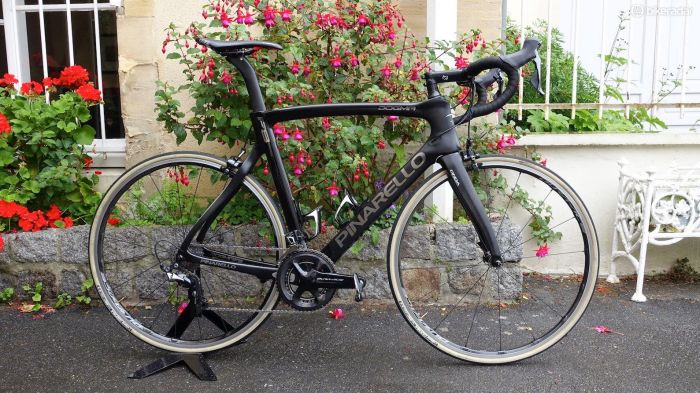
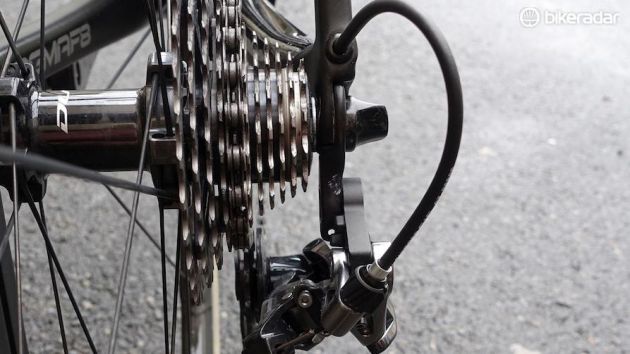
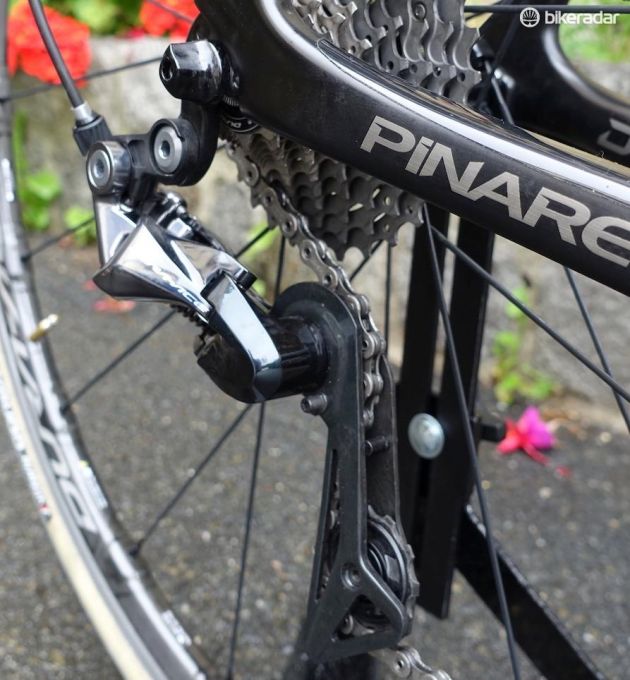
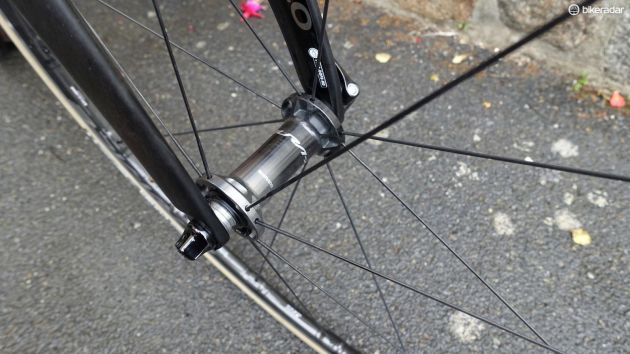
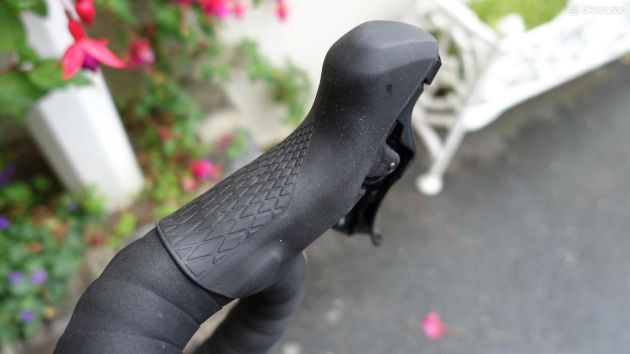
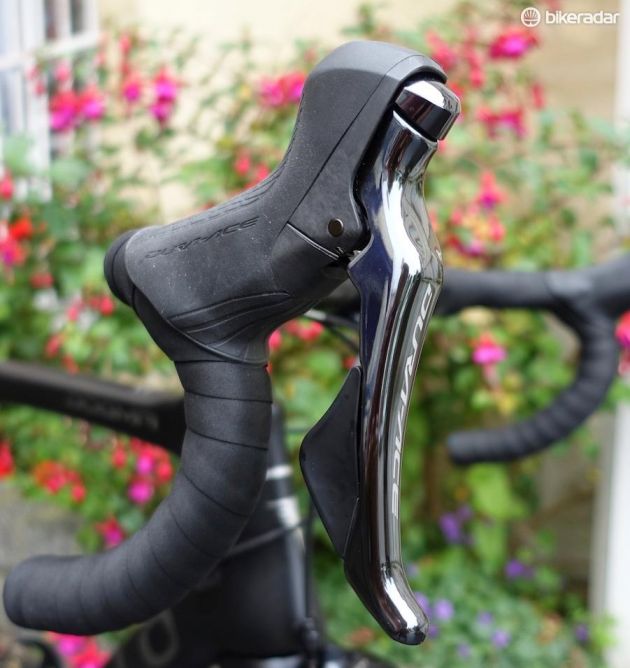
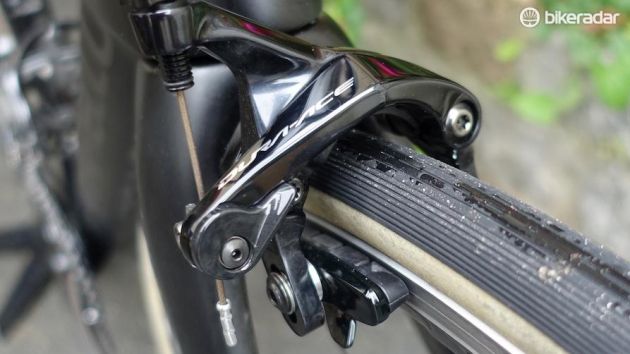
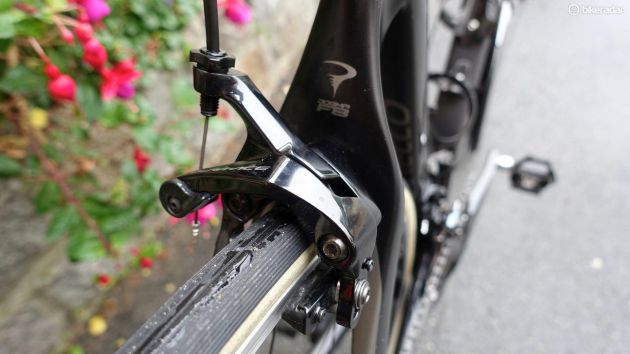
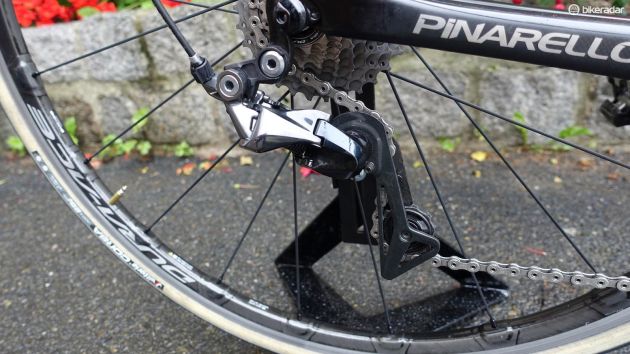
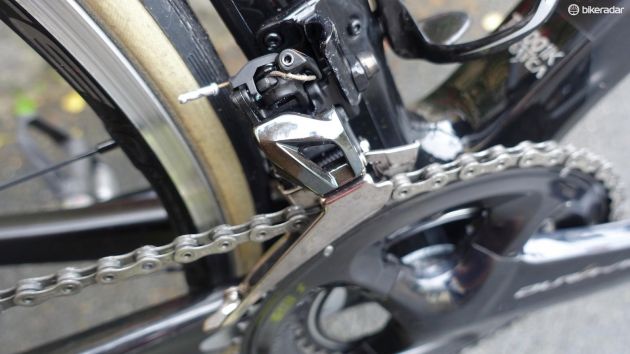
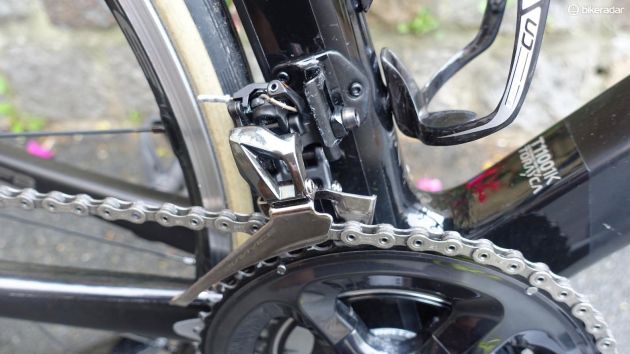
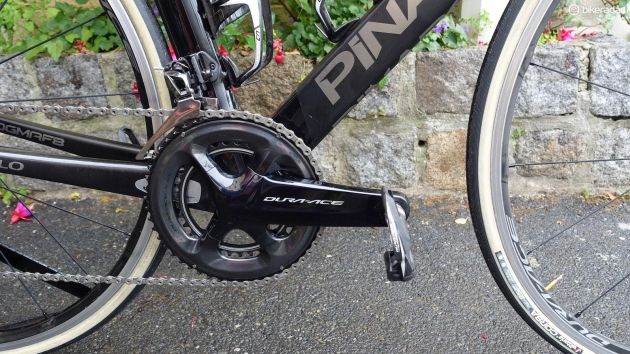
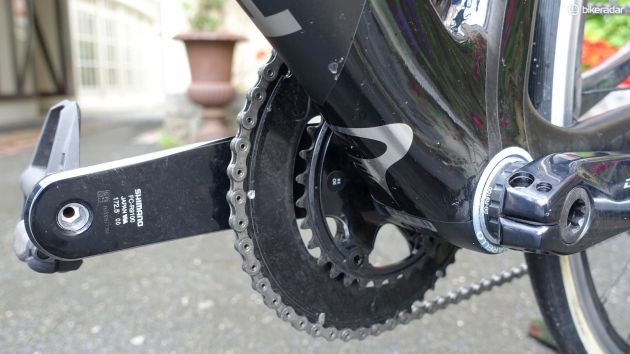
This article originally appeared on BikeRadar
The cat is out of the bag. Shimano released its new Dura-Ace groupsets yesterday (30 June), mere days before the start of the 2016 Tour de France. I say series because with the introduction of Dura-Ace branded hydraulic disc brakes actuated with both mechanical and electronic shifters, the permutations for Dura-Ace have expanded quite a bit.
On offer in France were a number of Dura-Ace R9100 equipped bikes for media to take for a short spin so that first ride impressions could be gathered. We'll have to wait to make any statements about the new Di2 group or Dura-Ace hydraulic disc brakes.
Overall, Dura-Ace R9100 is an evolution of 9000, not a revolutionary new take on a bicycle group. The appearance is somewhat different but on the road the feel is strikingly similar to Shimano's current top road group.
This isn't a criticism though. Had they taken a step backwards, as many argue the Japanese manufacturer did with its 7900 group, this would be a very different article. Instead the on-bike experience is subtly enhanced and in ways that require a bit of attention to appreciate.
Dura-Ace R9100: appearance
In person, the new Dura-Ace looks better than it does in photographs. There is always an adjustment period when a new group is unveiled. When 9000 was released I was initially hesitant to like the look of the four-arm crank. Now, I find it quite attractive. I’m sure the same will occur with R9100.
The crank and rear derailleur receive the biggest changes to the overall look, with a more angular take on design, instead of flowing curves. Gone for all parts are the polished cues from the previous generation. Instead Shimano has gone with a fade from black to a pewter-like finish on several parts, like the rear derailleur, hubs and chainrings.
Get The Leadout Newsletter
The latest race content, interviews, features, reviews and expert buying guides, direct to your inbox!
The Shadow rear derailleur, borrowing geometry from Shimano’s mountain bike parts, looks blockier than 9000 series parts. But it does a good job of tucking the shift mechanism behind the cassette and away from the ground in the event of a crash.
The derailleur cage is a tad longer, enabling the use of Shimano’s new 11-speed 11-30 cassette. It can also be used with a direct mount hanger, freeing up room for the easier installation of thru axles. The placement of the cable stop on the rear derailleur also uses a much shorter section of derailleur housing, with Shimano reps mentioning that an installed cable set is now four grams lighter than before.
The ergonomics of the shifters are further enhanced, with a larger rearward shift paddle, a slightly curvier brake lever and a textured brake hood – a first for Shimano’s mechanical groups.
The brakes are more angular too with broad “shoulders” that now clear 28mm tires. While I rode a set of standard mount calipers, Shimano will continue to offer direct mount brakes, with them serving as Shimano’s lightest road braking option.
Other than tire clearance, the biggest change on the rim brakes is a new orientation for the quick release. Gone are the intermediate notches that many of us used on the fly. It is now either open or closed and when closed the lever is in line with the brake arm.
Dura-Ace R9100: first ride impressions
In hand, the new Dura-Ace R9100 feels quite refined, much as you’d expect from the Japanese firm. The shifters are slimmer than before and the textured brake lever hood is far grippier, something I appreciated while riding in the rain.
Shifting action is light, like the previous generation. Shimano claims that the front derailleur has a lighter action than 9000, but that is hard to differentiate out on the road. Suffice it to say that the action is excellent. Shift lever throw is decreased, but not to the point of accidental shifts. The rearward paddle on the shifter, what Shimano calls the ‘release lever’, is larger now and made shifts from the drops easier.
The shifters now feature 14 millimeters of reach adjust, up from 10mm on the 9000 levers. This additional range is to better accommodate larger hands, and out of the box, the levers come with the reach at two thirds, roughly the same reach as the fully extended 9000 levers.
As expected, when assembled by Shimano techs, the new Dura-Ace R9100 functioned flawlessly. Only more time aboard the new group will tell if that performance stands up to months of hard use in varying conditions. But if the 9000 series of parts serve as an indicator, those consumers willing to pony up for the best that the Japanese firm has to offer won’t be disappointed.
While it isn’t something you can appreciate while riding, the placement of the inner chainring on the crankset is 0.4 millimeters closer to the centerline of the bike. This improves chainline and allows frame manufacturers to use shorter chainstays. Shimano specs now list 410 millimeters as its shortest recommended chainstays, down from 415mm when using 9000 series cranks.
Dura-Ace R9100: installation and compatibility
While the on-bike experience of any group is important, so too is its ease of installation and adjustment. Several new features make 9100 a bit nicer for the tinkerers.
The front derailleur in particular is worth a mention. Gone is the tall arm of current 11-speed Shimano front derailleurs, replaced with an internal toggle mechanism. This creates more clearance for large tires, an issue that some cyclocross and gravel bikes ran into with the previous mechanisms.
Also built into the new derailleur is a cable tension adjuster. This eliminates the need to install an in-line barrel adjuster when assembling the bike. Lastly, the new mech can be pulled by a bare cable but also incorporates a housing stop, allowing frame manufacturers more options for cable routing.
Dura-Ace R9100 retains the same cable actuation rates as 9000, which means that reverse compatibility isn’t an issue. For those who want to run the new 11-30 cassette, you’ll only need a rear derailleur and the cassette. If you have tire clearance issues with your front derailleur, you can run the new one with your 9000 or 6800 levers.
If the new shifter ergonomics have bowled you over, get yourself a set and use the drivetrain you already have. The only exception to a complete reverse compatibility is using the new crank with an old front derailleur. On some frames, the old front derailleur won’t have a wide enough adjustment range to clear the new inboard inner chainring.
Dura-Ace R9100: early verdict
The real question that many of us are asking is whether the new mechanical group offers enough of a performance improvement that it merits upgrading your current bike. If you currently ride Dura-Ace 9000, I have to say no.
Perhaps certain features appeal to you. If so, buy only what you’re dying to try. If you’re looking to buy a new bike on the other hand, the new 9100 group will deliver exceptional performance, just as its predecessor did.